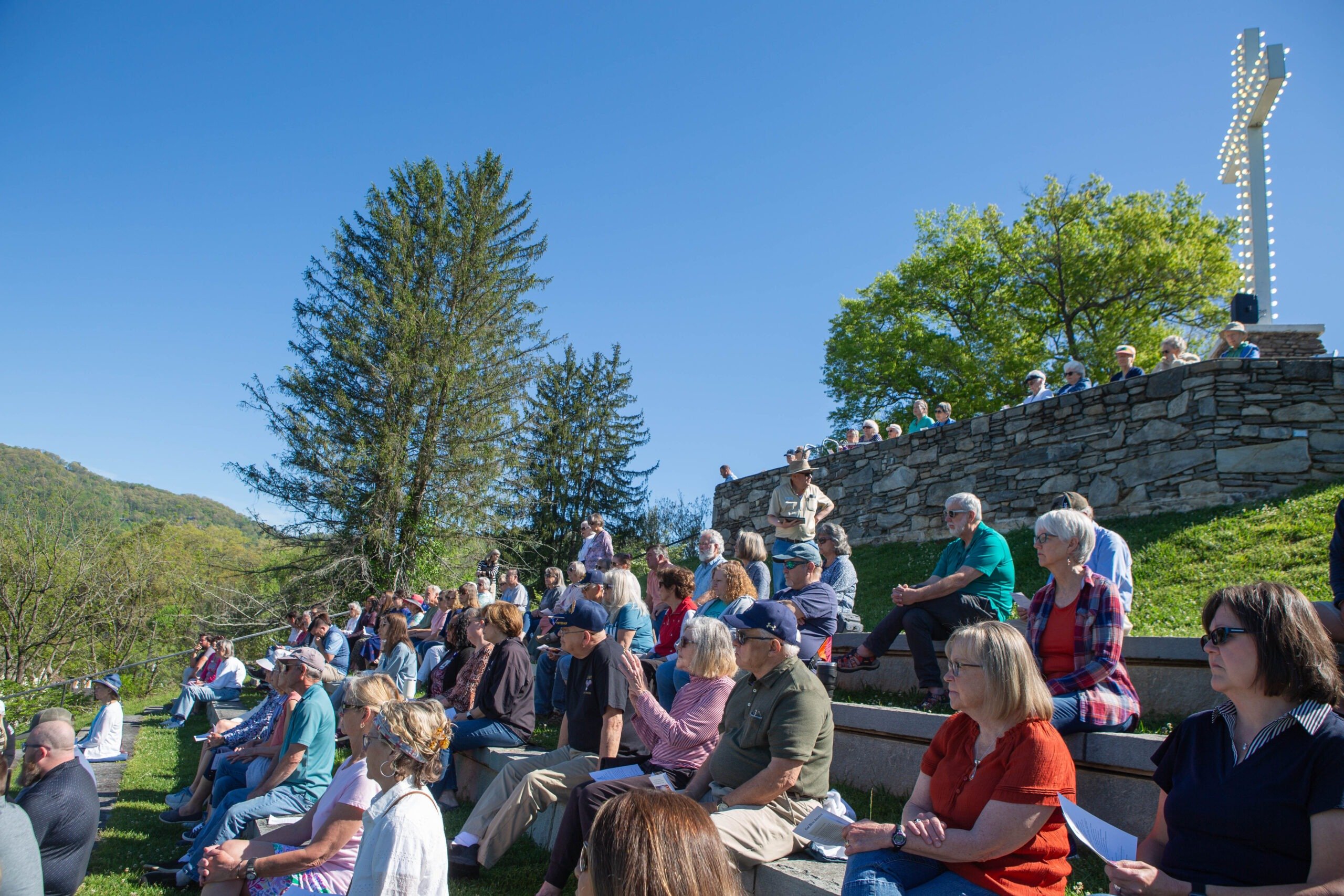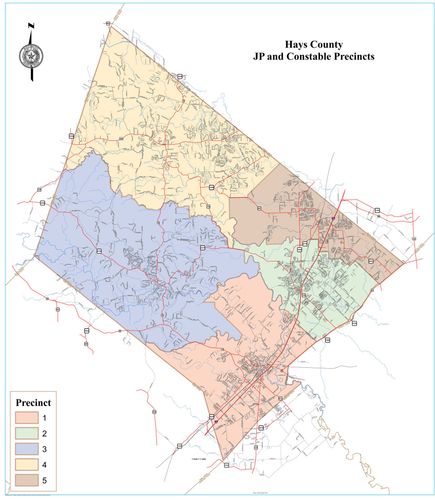Report on Habitat Restoration and Sustainable Development Goal Alignment in Sabah
1.0 Introduction: Certification and Global Recognition
An integrated habitat restoration initiative within the Mount Wullersdorf–Ulu Kalumpang Forest Reserves in Kunak, Sabah, has received the Ecosystem Restoration Field Verification Certificate. This certification, awarded to the World Wide Fund for Nature (WWF) Malaysia and the Sabah Forestry Department (SFD), acknowledges that the project’s on-the-ground restoration efforts meet international best practices for sustainability and environmental recovery. The achievement underscores a significant contribution to global sustainability targets, particularly the United Nations Sustainable Development Goals (SDGs).
2.0 Project Scope and Ecological Objectives
The restoration project encompasses a 276-hectare site, strategically focused on enhancing ecological integrity and connectivity. The primary objectives align directly with key environmental SDGs:
- Reconnecting Fragmented Forests: The effort aims to restore natural linkages between fragmented forest areas, a critical action for landscape-level conservation.
- Enhancing Wildlife Corridors: These linkages are vital for the movement and survival of endangered species, including orangutans and banteng, allowing them to access food, breeding grounds, and safe migration routes.
- Strengthening Ecosystem Functions: By improving connectivity, the project supports broader ecosystem services, contributing to biodiversity conservation and long-term climate resilience.
3.0 Contribution to Sustainable Development Goals (SDGs)
The project’s design and outcomes demonstrate a strong alignment with several Sustainable Development Goals, reflecting a holistic approach to conservation and development.
- SDG 15: Life on Land: The core of the project directly addresses SDG 15 by working to protect, restore, and promote the sustainable use of terrestrial ecosystems. By restoring degraded forest areas and enhancing habitats for endangered species, the initiative actively contributes to halting biodiversity loss.
- SDG 13: Climate Action: The emphasis on building “climate resilience” is a direct contribution to SDG 13. Forest restoration is a key nature-based solution for climate change mitigation through carbon sequestration and helps ecosystems and communities adapt to climate impacts.
- SDG 17: Partnerships for the Goals: The initiative exemplifies the multi-stakeholder model promoted by SDG 17. The collaboration involves a government agency (SFD), a civil society organization (WWF-Malaysia), and a corporate partner (Unilever), demonstrating an effective partnership for achieving sustainable development.
- SDG 8: Decent Work and Economic Growth: The project’s framework includes supporting local livelihoods through sustainable land management practices, which aligns with the principles of creating green and sustainable economic opportunities.
4.0 Stakeholder Endorsement and Strategic Vision
Leadership from both the Sabah Forestry Department and WWF-Malaysia has affirmed the project’s strategic importance.
- Sabah Forestry Department: Chief Conservator of Forests, Datuk Frederick Kugan, highlighted the collaboration as part of a broader strategy to protect the entire forest landscape. He emphasized that such initiatives are vital for preserving ecological integrity and securing long-term benefits for both nature and people, aligning with state-level sustainability goals.
- WWF-Malaysia: Trustee Alexander Yee noted that the certification validates a shared commitment to restoring ecological integrity. He described the project as a successful application of the Living Landscape Approach, which integrates science and community engagement to drive landscape-wide impact and advance the SDG agenda.
5.0 Conclusion
The Ecosystem Restoration Field Verification Certificate serves as a formal recognition of the successful habitat restoration in the Mount Wullersdorf–Ulu Kalumpang Forest Reserves. More importantly, it validates the project as an effective model for achieving international sustainability standards. Through its targeted actions and multi-stakeholder partnerships, the initiative provides a tangible example of how localized conservation efforts can make significant contributions to the global Sustainable Development Goals, particularly those concerning life on land, climate action, and collaborative partnerships.
Analysis of SDGs in the Article
1. Which SDGs are addressed or connected to the issues highlighted in the article?
The article on the habitat restoration in Mount Wullersdorf–Ulu Kalumpang Forest Reserves addresses several Sustainable Development Goals (SDGs) through its focus on environmental conservation, climate action, and collaborative efforts. The primary SDGs identified are:
- SDG 15: Life on Land – This is the most prominent SDG, as the article’s core theme is the restoration of terrestrial ecosystems, protection of forests, and conservation of biodiversity.
- SDG 13: Climate Action – The project’s goal of enhancing “climate resilience” directly connects the restoration efforts to climate change mitigation and adaptation.
- SDG 17: Partnerships for the Goals – The article repeatedly emphasizes the collaborative nature of the project, involving government agencies, non-governmental organizations, and corporate partners.
2. What specific targets under those SDGs can be identified based on the article’s content?
Based on the specific actions and outcomes described in the article, the following SDG targets can be identified:
-
Under SDG 15 (Life on Land):
- Target 15.2: Promote the implementation of sustainable management of all types of forests, halt deforestation, restore degraded forests and substantially increase afforestation and reforestation globally. The article directly addresses this by describing the “integrated habitat restoration effort” and the rehabilitation of a “276-hectare site” of degraded forest.
- Target 15.5: Take urgent and significant action to reduce the degradation of natural habitats, halt the loss of biodiversity and, protect and prevent the extinction of threatened species. The project’s aim to reconnect fragmented forests is “critical for the movement and survival of endangered wildlife such as orangutans and banteng,” directly contributing to this target.
-
Under SDG 13 (Climate Action):
- Target 13.1: Strengthen resilience and adaptive capacity to climate-related hazards and natural disasters in all countries. The article states that the project works to meet “international standards in forest restoration and climate resilience” and that these efforts are vital for “enhancing climate resilience.”
-
Under SDG 17 (Partnerships for the Goals):
- Target 17.17: Encourage and promote effective public, public-private and civil society partnerships. The project is explicitly described as a “multi-stakeholder initiative” and a “collective effort” involving the Sabah Forestry Department (public), WWF-Malaysia (civil society), and Unilever (private/corporate).
3. Are there any indicators mentioned or implied in the article that can be used to measure progress towards the identified targets?
The article provides both quantitative and qualitative indicators that can be used to measure progress:
-
Indicators for SDG 15:
- Area of restored forest: The article specifies a quantifiable area of “276-hectare site” that has undergone restoration, serving as a direct indicator for Target 15.2.
- Ecological connectivity and species survival: The project’s success in “reconnecting fragmented forest areas” to allow for the “movement and survival of endangered wildlife such as orangutans and banteng” is a key qualitative indicator for Target 15.5. Progress could be measured by tracking the populations and movement patterns of these species.
-
Indicators for SDG 13:
- Certification of compliance: The awarding of the “Ecosystem Restoration Field Verification Certificate” is a significant indicator. It implies that the project has met a set of predefined “international standards in forest restoration and climate resilience,” verifying progress towards Target 13.1.
-
Indicators for SDG 17:
- Existence of a multi-stakeholder partnership: The successful collaboration itself, described as a joint effort between “government agencies, civil society, and corporate partners” (Sabah Forestry Department, WWF-Malaysia, and Unilever), is a primary indicator of achieving Target 17.17.
4. Summary Table of SDGs, Targets, and Indicators
| SDGs | Targets | Indicators Identified in the Article |
|---|---|---|
| SDG 15: Life on Land | 15.2: Promote sustainable management of all types of forests, restore degraded forests and increase reforestation.
15.5: Halt the loss of biodiversity and protect threatened species. |
– Restoration of a 276-hectare site. – Reconnecting fragmented forest areas. – Enhancing ecological connectivity for the survival of endangered wildlife (orangutans and banteng). |
| SDG 13: Climate Action | 13.1: Strengthen resilience and adaptive capacity to climate-related hazards. | – Achievement of “long-term climate resilience.” – Awarding of the “Ecosystem Restoration Field Verification Certificate” for meeting international standards in climate resilience. |
| SDG 17: Partnerships for the Goals | 17.17: Encourage and promote effective public, public-private and civil society partnerships. | – The existence of a successful multi-stakeholder partnership between WWF-Malaysia (civil society), Sabah Forestry Department (public), and Unilever (corporate). |
Source: thestar.com.my







